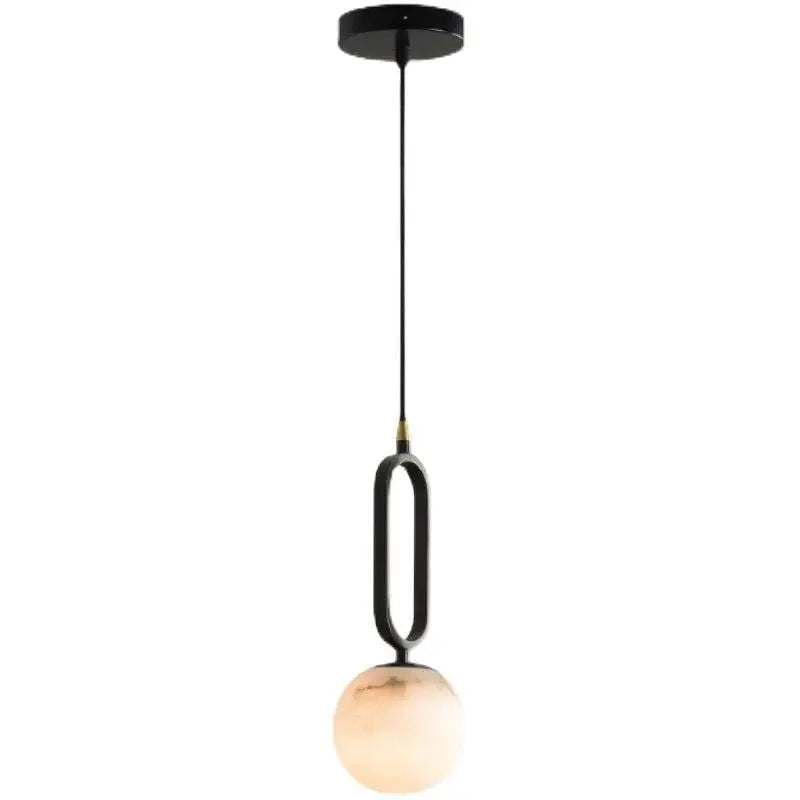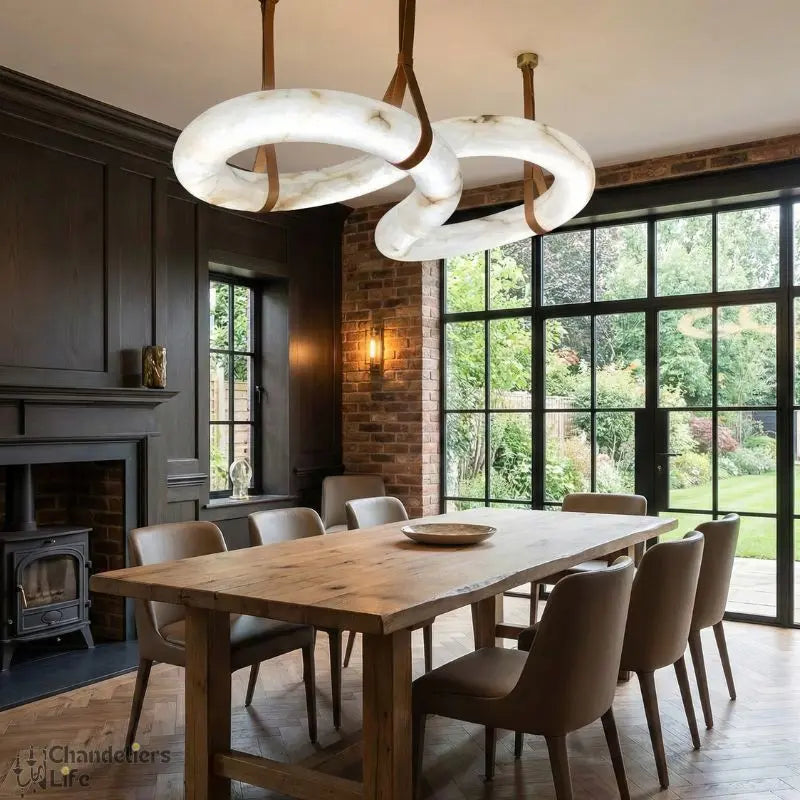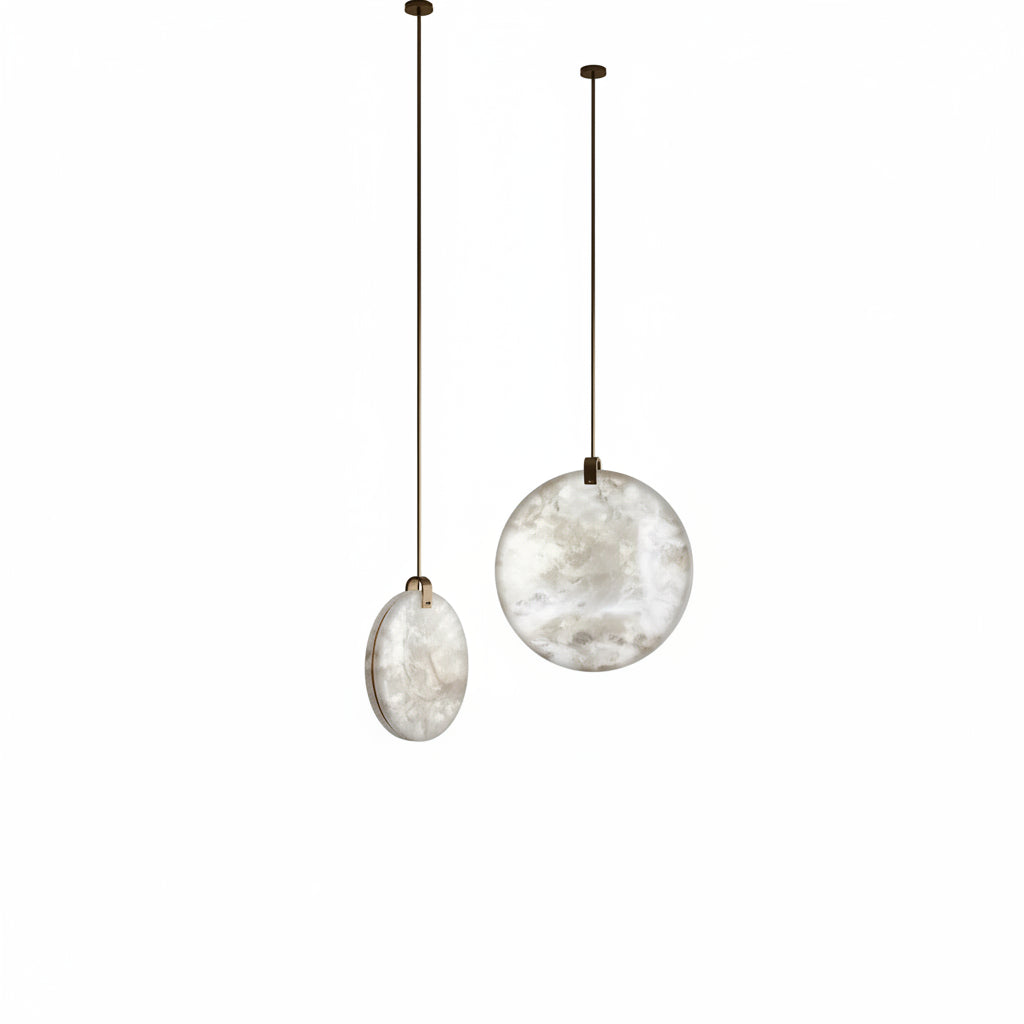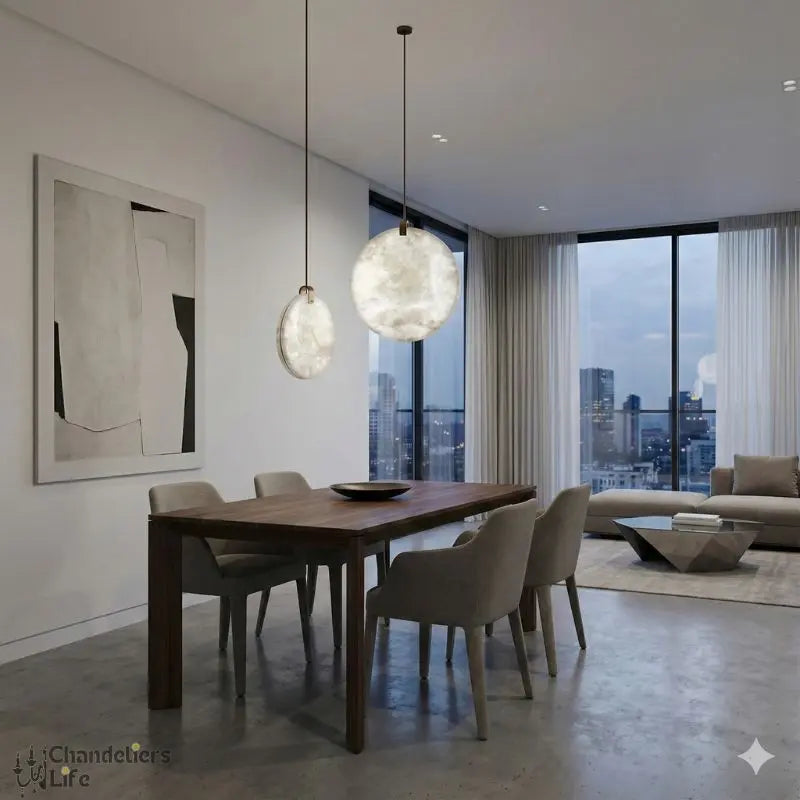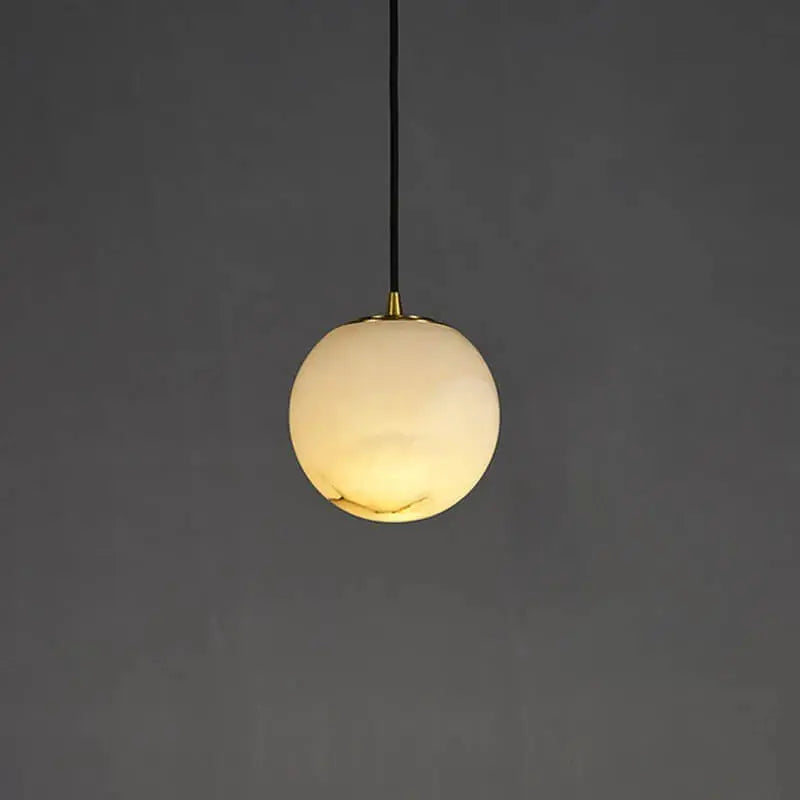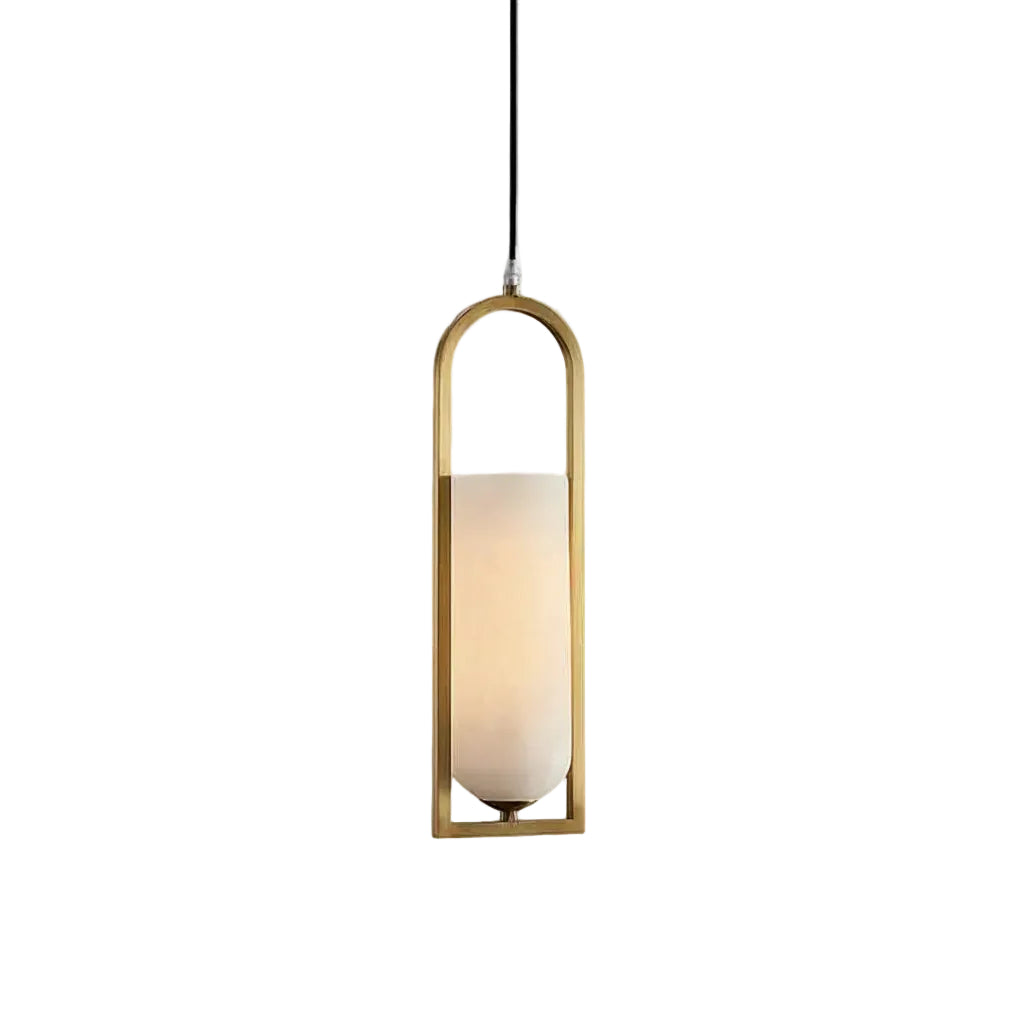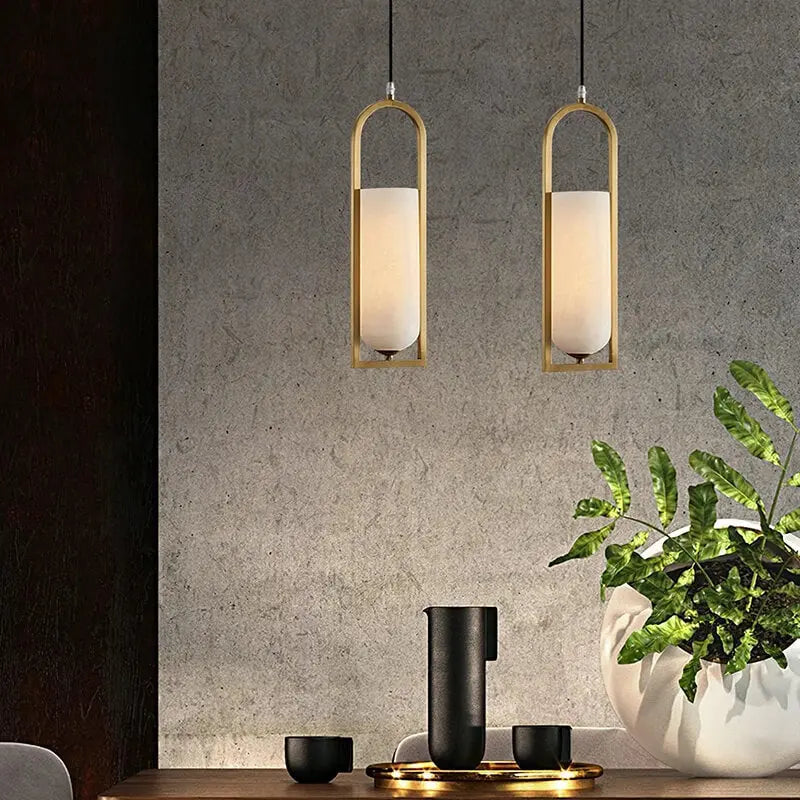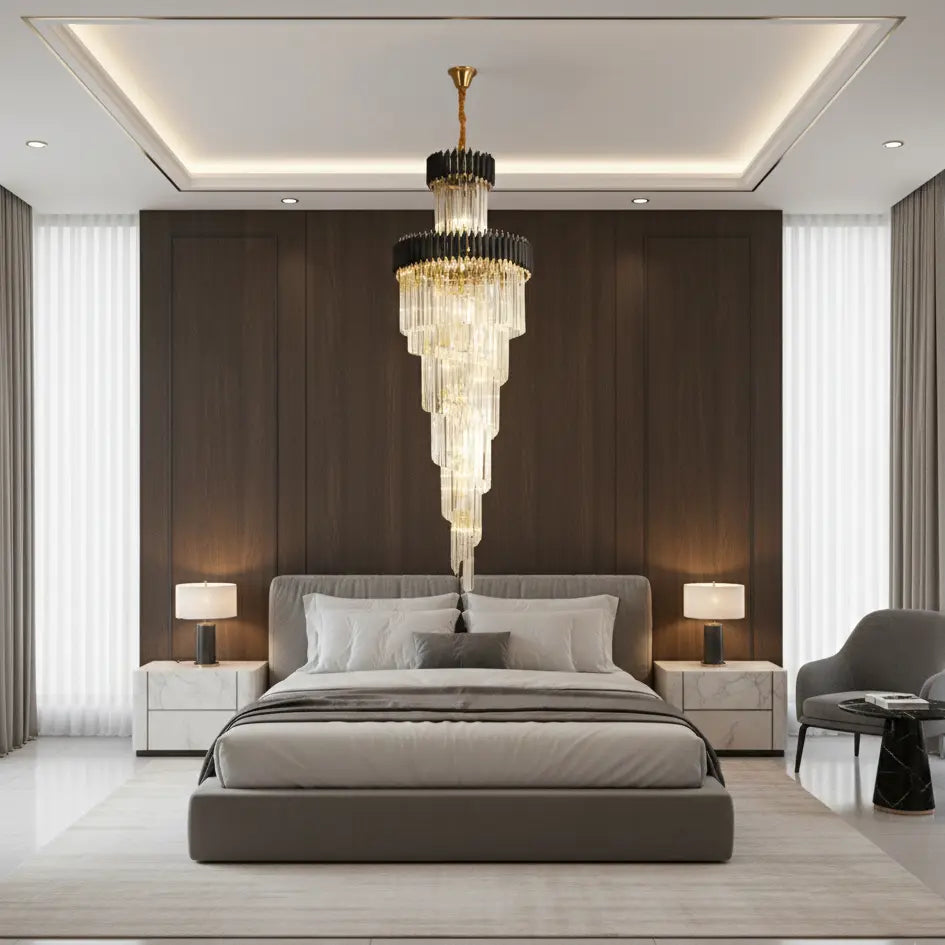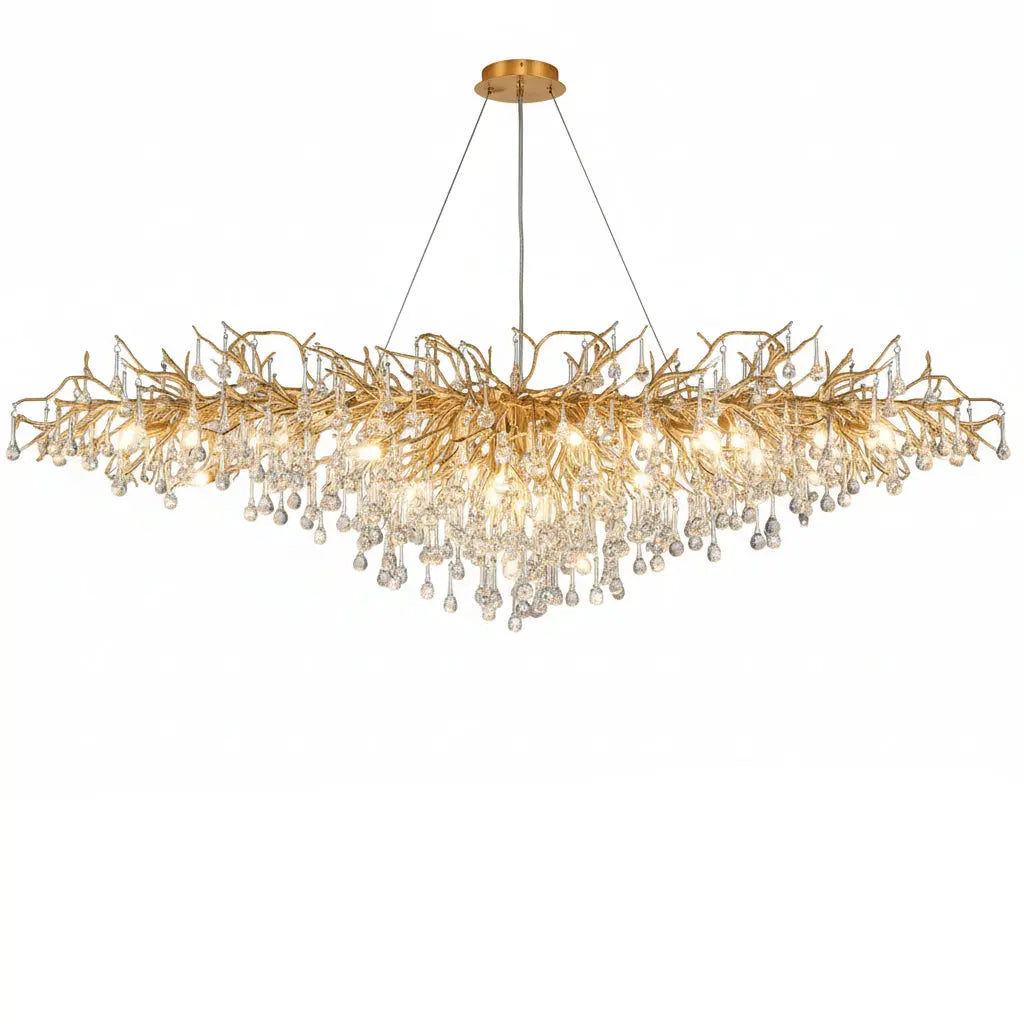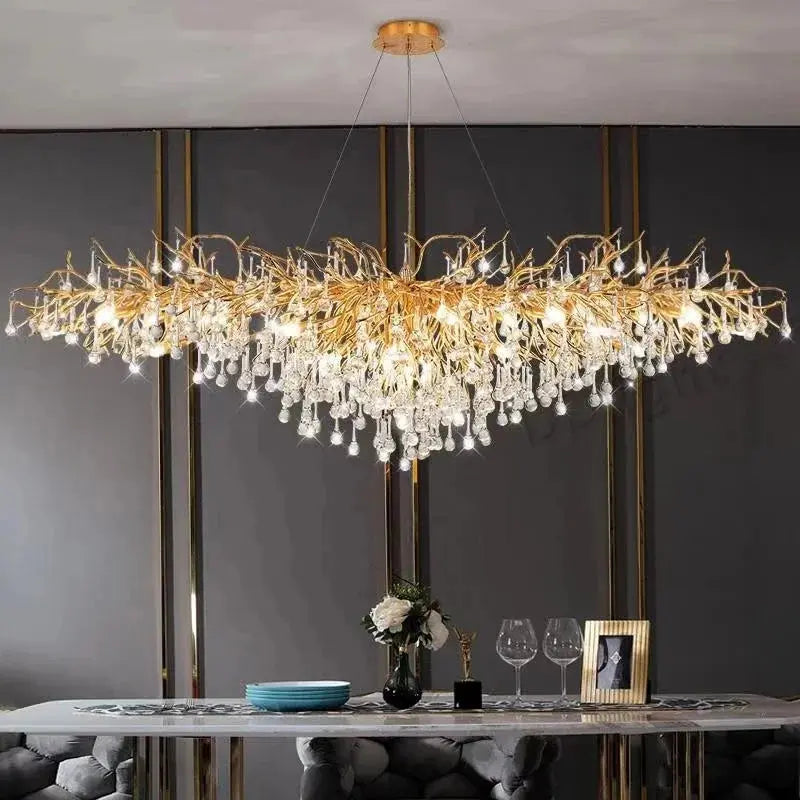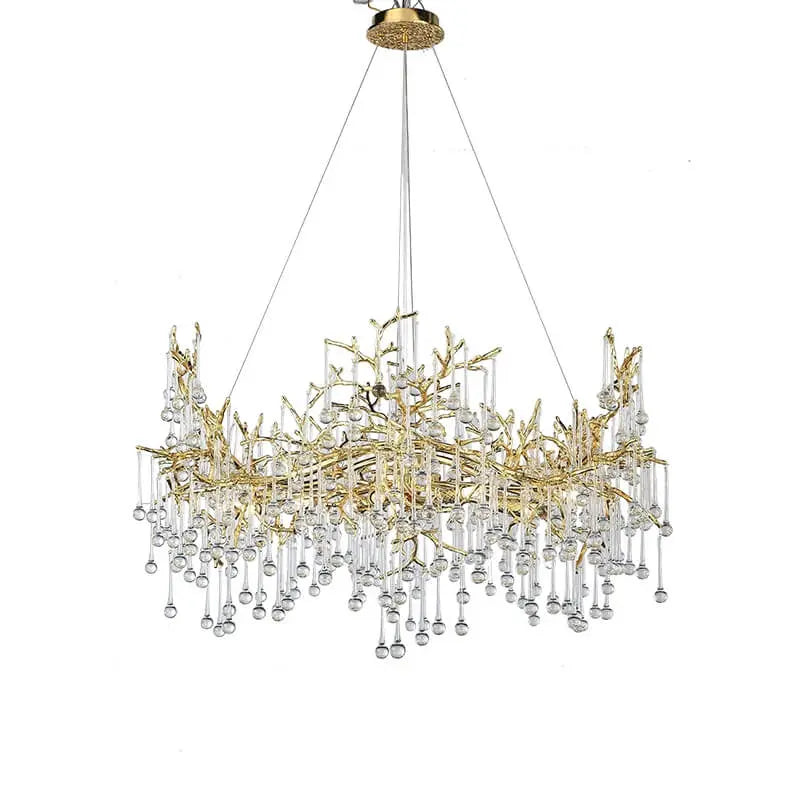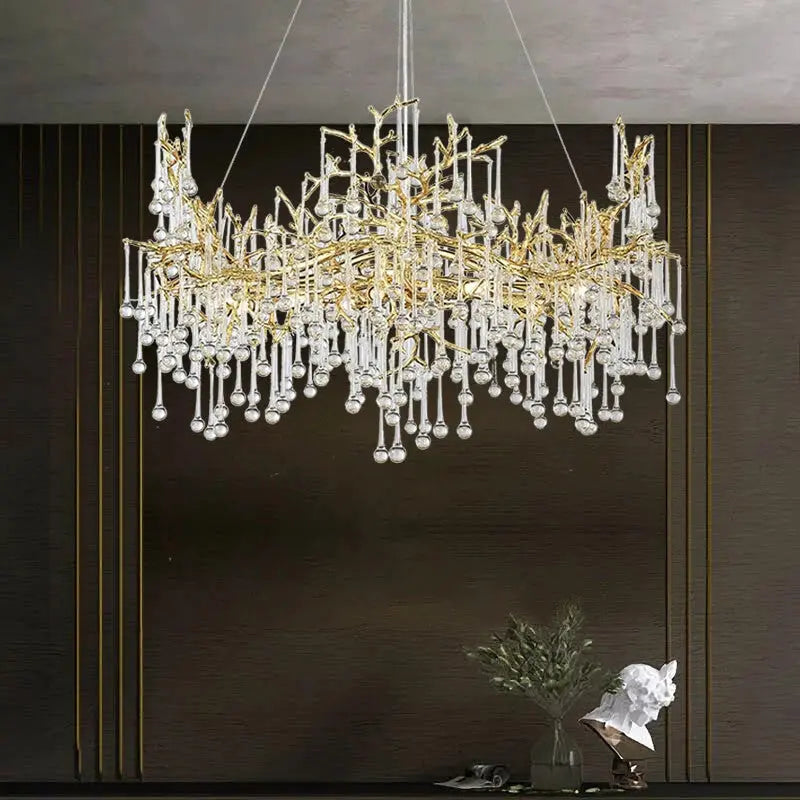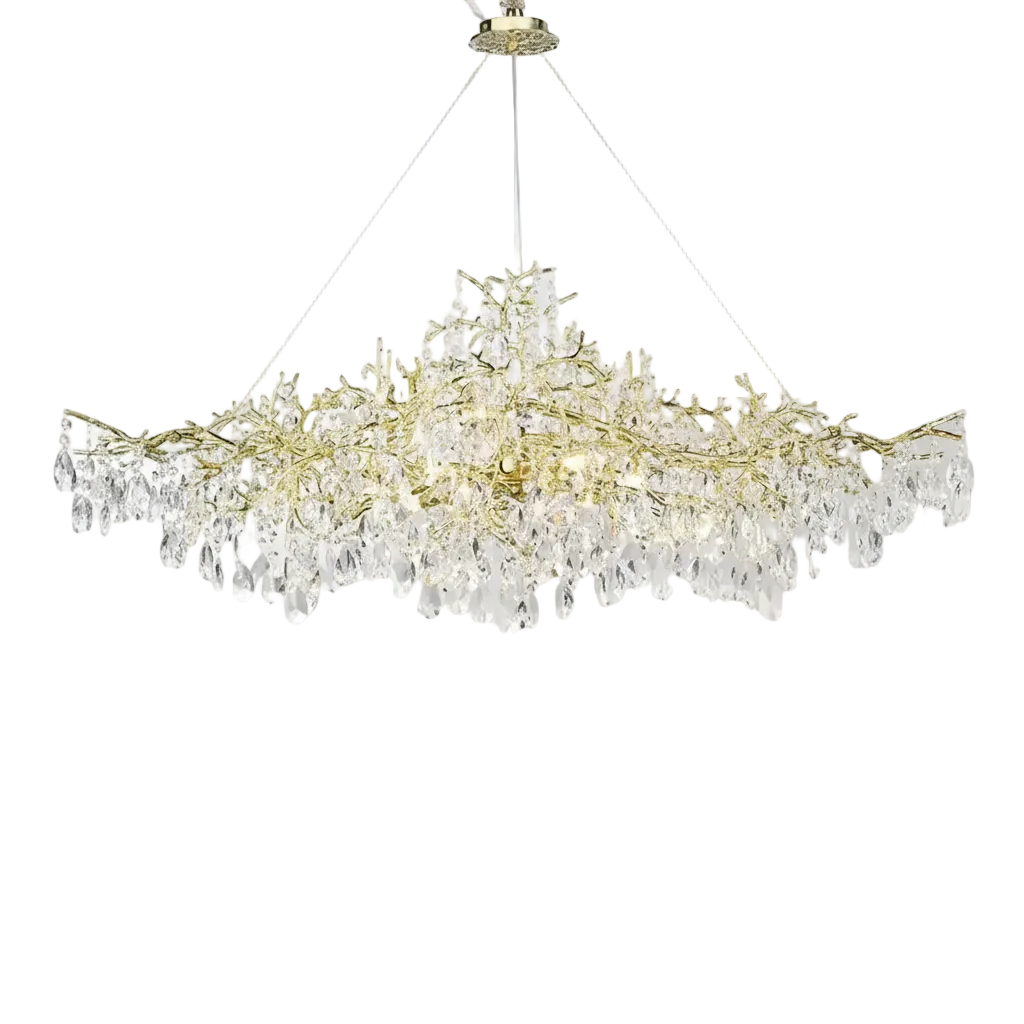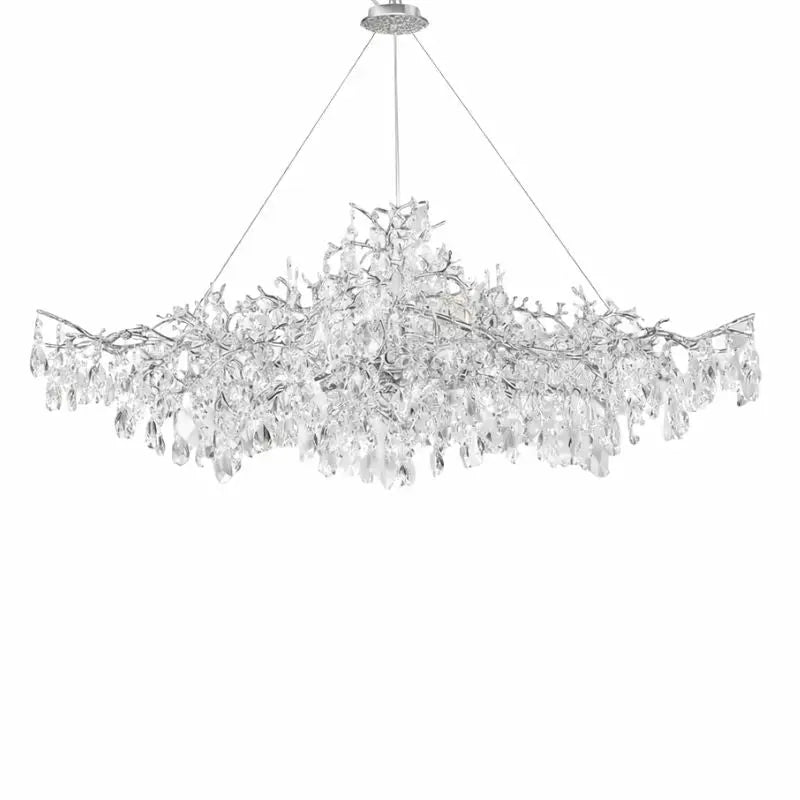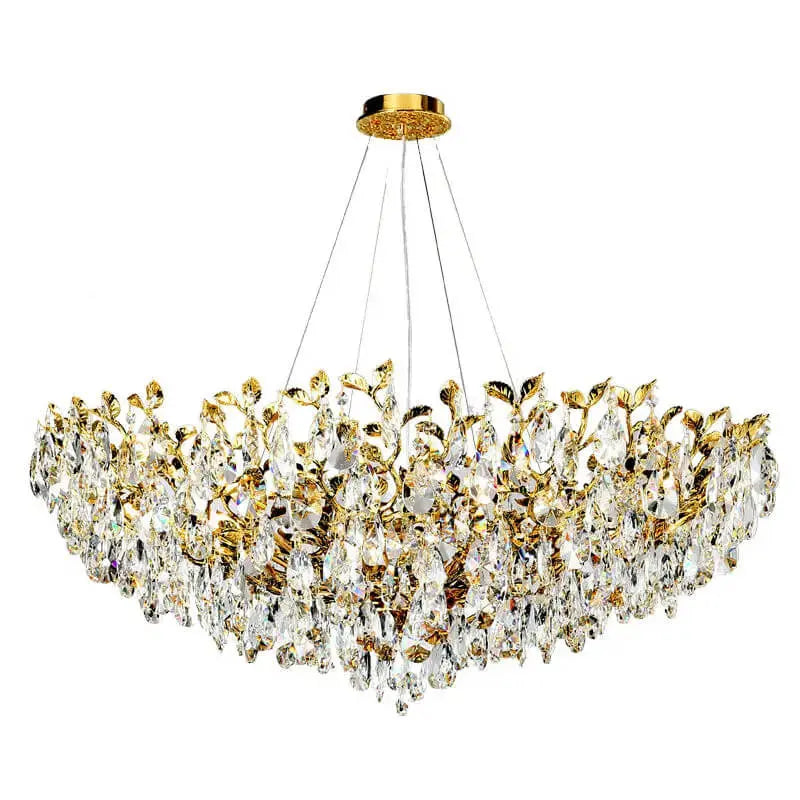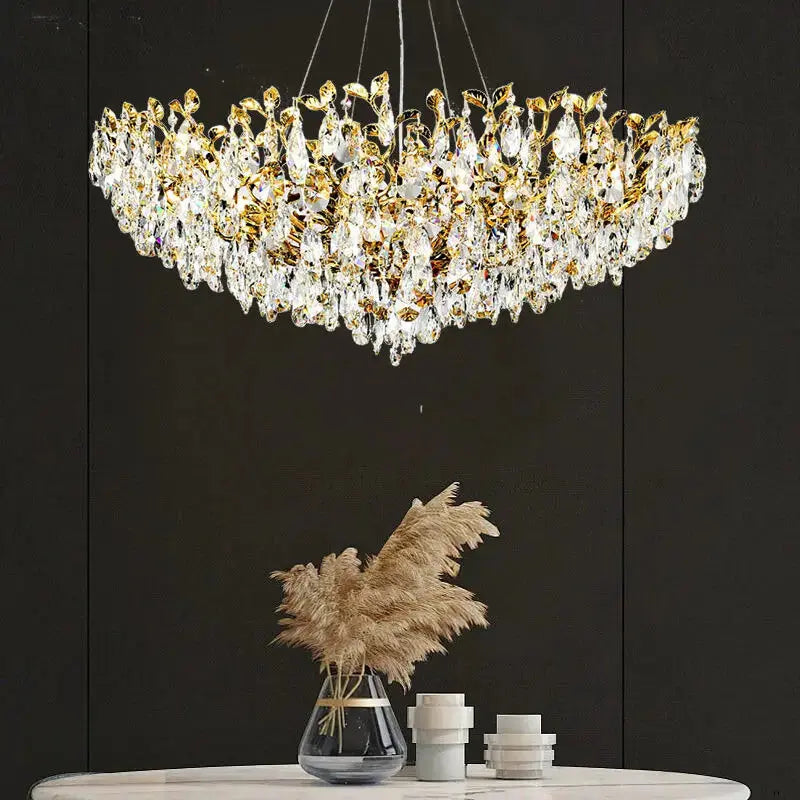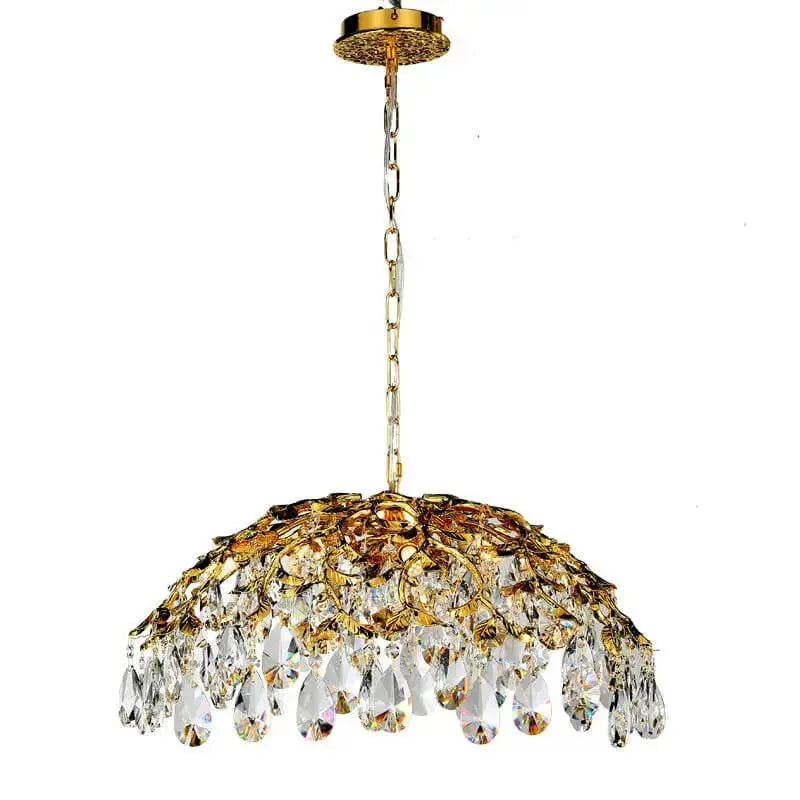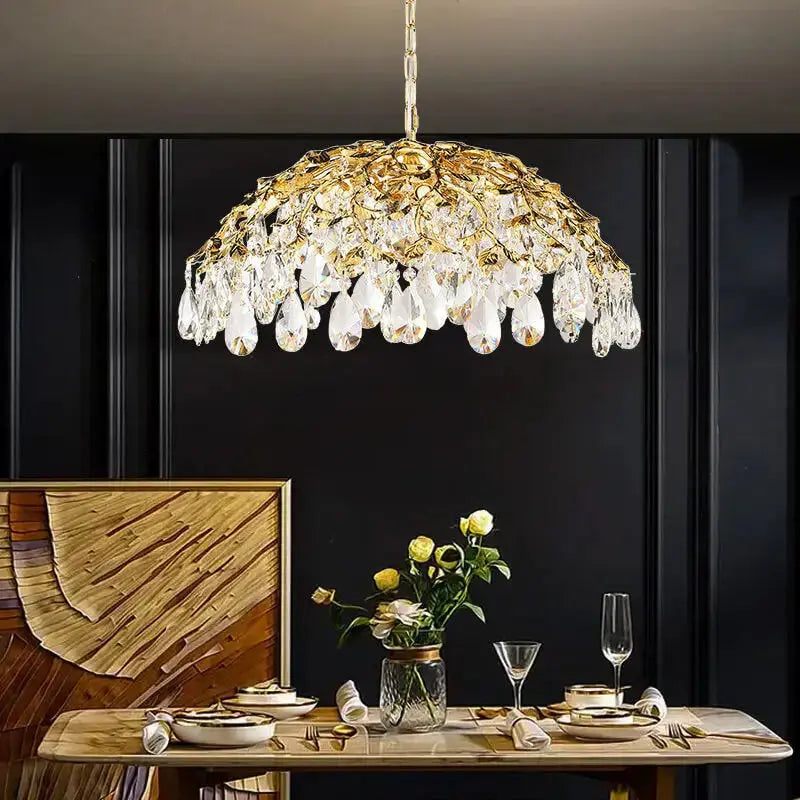Arranging your living room furniture can be a fun way to make your space both stylish and functional. Whether you have a small room or a large one, the right arrangement can make a big difference. In this article, we will share expert tips on how to arrange your living room furniture to create a welcoming and beautiful space.
Key Takeaways
- Start with the largest piece of furniture, usually the sofa, and orient it toward the room's main feature.
- Pull furniture away from the walls to create a more open and inviting space.
- Use multi-functional furniture to save space in small living rooms.
- Arrange furniture to create cozy conversation areas.
- Incorporate different lighting techniques to highlight key areas of the room.
Creating a Focal Point with Your Furniture
Choosing the Right Focal Point
Before arranging any furniture, decide on the room's focal point. Some rooms have a natural focal point, like a big window or a beautiful fireplace. If your room lacks one, create it with a special piece of furniture or a prominent artwork. This decision will guide your furniture arrangement.
Arranging Furniture Around a Fireplace
A fireplace can be a stunning focal point. Place your largest piece of furniture, usually the sofa, facing the fireplace. Add smaller seating options like chairs or stools around it. This setup not only highlights the fireplace but also creates a cozy gathering area.
Highlighting a Beautiful View
If your room has a beautiful view, make it the focal point. Arrange your seating to face the windows, allowing the view to take center stage. This not only enhances the room's appeal but also brings the outside beauty indoors.
Using Art and Decor as Focal Points
Art and decor can also serve as focal points. A large mirror, a big pendant light, or a striking piece of art can draw the eye instantly. Position your furniture to complement these items, creating a balanced and stylish space.
Maximizing Space in Small Living Rooms
Pulling Furniture Away from Walls
In a small living room, it's tempting to push all the big furniture against the walls to create open space in the middle. However, this can make the room feel more cramped. Floating furniture in the center can create a cozy conversation area and make the room feel more spacious.
Using Multi-Functional Furniture
Choosing furnishings that serve multiple purposes is key to maximizing a small living room. For example, a daybed with integrated storage or a coffee table that doubles as a desk can save space and add functionality. Look for pieces that can adapt to different needs.
Creating Cozy Conversation Areas
Breaking up the space into clear sections can help make a small living room feel more organized and comfortable. Use rugs to define different zones, like a seating area or a reading nook. This approach can make the room feel larger and more inviting.
Incorporating Vertical Space
Don't forget to use the vertical space in your living room. Wall-mounted shelves, floating desks, and tall bookcases can provide storage without taking up floor space. This can help keep the room tidy and make it feel more open.
Even in a small living room, there are ways to make the most of every square foot. By getting creative with your layout and choosing the right furniture, you can create a stylish and functional space.
Flexible Furniture Arrangements for Versatile Living Rooms
Adapting Layouts for Different Occasions
One of the best ways to keep your living room versatile is by adapting the layout for different occasions. Move furniture around to create more space for parties or bring in extra seating for family gatherings. This flexibility ensures your living room meets your needs, no matter the event.
Using Lightweight and Movable Pieces
Incorporate lightweight and movable pieces like ottomans, stools, and chairs. These can be easily shifted to fill an empty corner or serve as additional seating when needed. This approach not only maximizes space but also keeps the room functional and stylish.
Creating Zones for Different Activities
Divide your living room into zones for various activities. For example, set up a cozy reading nook in one corner and a conversation area in another. This way, everyone can enjoy the space without feeling cramped.
Incorporating Modular Furniture
Modular furniture is a great option for versatile living rooms. Pieces like sectional sofas can be rearranged to fit different layouts, making it easy to change the room's look and feel. This type of furniture is perfect for those who love to frequently update their living space.
Arranging Furniture for Optimal Traffic Flow
Planning Pathways Through the Room
When arranging your living room, ensure there's a clear path for people to walk through. Avoid placing furniture in a way that blocks natural walkways. Think about how you move through the room and arrange your pieces to make it easy to get from one side to the other.
Avoiding Common Traffic Flow Mistakes
One common mistake is packing too much furniture into a single room. This can make the space feel tight and hard to navigate. Make sure each piece has enough space to breathe. Another mistake is pushing all furniture against the walls. Instead, try floating some pieces in the middle of the room to create a more open feel.
Using Rugs to Define Spaces
Rugs can help define different areas in your living room. Make sure your rug is big enough to fit all key pieces of furniture on it. If that's not possible, at least ensure the front legs of your sofa and chairs are on the rug. This helps create a cohesive look and guides movement through the space.
Positioning Furniture to Guide Movement
Place your furniture in a way that naturally guides people through the room. For example, position your sofa and chairs to create a clear path between them. This not only improves traffic flow but also makes the room feel more inviting.
Good traffic flow in a living room is about more than just physical movement; it's also about creating a space that feels open and welcoming.
Designing for Comfort and Functionality
Choosing Comfortable Seating Options
When picking seating, comfort should be your top priority. Opt for sofas and chairs that offer good support and are made from soft, durable materials. Tight-back sofas and club chairs are great choices as they can be less deep but still very comfy. Don't forget to test the seating before buying to ensure it meets your comfort needs.
Ensuring Easy Access to Tables and Surfaces
Arrange your furniture so that every seat has easy access to a table or surface. This makes it convenient for people to place drinks, books, or other items. Consider using side tables, coffee tables, and even consoles to provide ample surface area. Make sure these tables are at a comfortable height relative to the seating.
Balancing Aesthetics and Practicality
While it's important for your living room to look good, it should also be practical. Choose furniture that fits well in your space and serves a purpose. For example, a console can double as a desk, providing both style and function. Mixing different styles and weights of furniture can create a balanced look that is both visually appealing and functional.
Incorporating Storage Solutions
Storage is key to keeping your living room tidy and functional. Look for furniture pieces that offer hidden storage, like ottomans or sectionals with storage compartments. Wall-mounted shelves and floating desks can also help save floor space while providing storage. Keeping your living room organized will make it a more comfortable and enjoyable space.
Enhancing Your Living Room with Lighting
Maximizing Natural Light
Natural light can make your living room feel more open and inviting. Position your furniture to take advantage of windows and other sources of natural light. Use light-colored curtains or blinds that can be easily opened to let in more light. Mirrors can also help by reflecting light around the room, making it feel brighter and more spacious.
Using Layered Lighting Techniques
Layered lighting involves using multiple light sources to create a balanced and flexible lighting scheme. Combine ambient lighting, task lighting, and accent lighting to achieve the best results. For example, you can use ceiling lights for general illumination, table lamps for reading, and wall sconces to highlight artwork or architectural features.
Highlighting Key Areas with Accent Lighting
Accent lighting is perfect for drawing attention to specific areas or features in your living room. Use spotlights or track lighting to highlight a piece of art, a beautiful plant, or a unique architectural detail. This type of lighting can add depth and interest to your space.
Choosing the Right Light Fixtures
Selecting the right light fixtures is crucial for both functionality and style. Consider the size and style of your room when choosing fixtures. For a touch of elegance, you might explore our exquisite collection of crystal chandeliers. These can add a sophisticated and sparkling element to your living room. Additionally, make sure the fixtures provide adequate light for the activities you plan to do in the room.
Creating Symmetry and Balance in Your Layout
Using Pairs of Furniture Pieces
One effective way to achieve balance in your living room is by using pairs of furniture pieces. Matching chairs or side tables can create a sense of order and cohesion. However, avoid making everything too matchy-matchy, as it can make the room feel stiff.
Balancing Different Furniture Heights
To create visual interest, mix furniture of different heights. For example, pair a low coffee table with a tall bookshelf. This variation helps in making the room feel more dynamic and less monotonous.
Creating Visual Harmony with Decor
Use decor items like pillows, rugs, and art to tie the room together. Repeating colors and shapes can help create a flow that is pleasing to the eye. This is especially useful in open-concept spaces where different areas need to feel connected.
Symmetrical vs. Asymmetrical Layouts
Symmetrical layouts bring a sense of order and are easier to achieve. Place seating pieces to face each other, and match side tables and lamps. On the other hand, asymmetrical layouts are harder to pull off but can make the room look more interesting. Balance is key, so use color, pattern, and scale to tie everything together.
Balance is crucial, achieved through thoughtful arrangements and varied shapes. This ensures a comfortable and stylish living area.
Creating a balanced and symmetrical layout can transform any space into a harmonious haven. Whether you're designing a cozy living room or a grand foyer, the right lighting plays a crucial role. At ChandeliersLife, we offer a wide range of stunning chandeliers that can help you achieve the perfect balance in your home. Visit our website to explore our collection and find the perfect piece for your space.
Wrapping Up Your Living Room Transformation
Arranging your living room furniture doesn't have to be a daunting task. With a few thoughtful choices and a bit of creativity, you can turn any space into a stylish and functional area. Remember to start with the largest piece, usually the sofa, and build around it. Consider the room's focal point, whether it's a fireplace, a TV, or a beautiful window view. Don't be afraid to pull furniture away from the walls to create a more inviting and open layout. And always think about how people will move through the space. By following these simple tips, you'll create a living room that's not only beautiful but also perfect for relaxing and entertaining. Happy decorating!
Frequently Asked Questions
What is the best way to create a focal point in my living room?
To create a focal point, choose a main feature like a fireplace, a large window with a view, or a piece of art. Arrange your furniture around this feature to draw attention to it.
How can I make a small living room look bigger?
Pull furniture away from the walls and use multi-functional pieces. Incorporate vertical space with shelves or tall cabinets to draw the eye upward.
What are some tips for arranging furniture in a versatile living room?
Use lightweight, movable furniture and modular pieces. Create different zones for various activities and adapt the layout for different occasions.
How do I ensure good traffic flow in my living room?
Plan clear pathways and avoid placing furniture in high-traffic areas. Use rugs to define spaces and position furniture to guide movement naturally.
What should I consider for a comfortable and functional living room?
Choose comfy seating, ensure easy access to tables and surfaces, balance aesthetics with practicality, and include storage solutions to keep the space tidy.
How can I enhance my living room with lighting?
Maximize natural light, use layered lighting techniques, highlight key areas with accent lighting, and choose light fixtures that match your decor.




